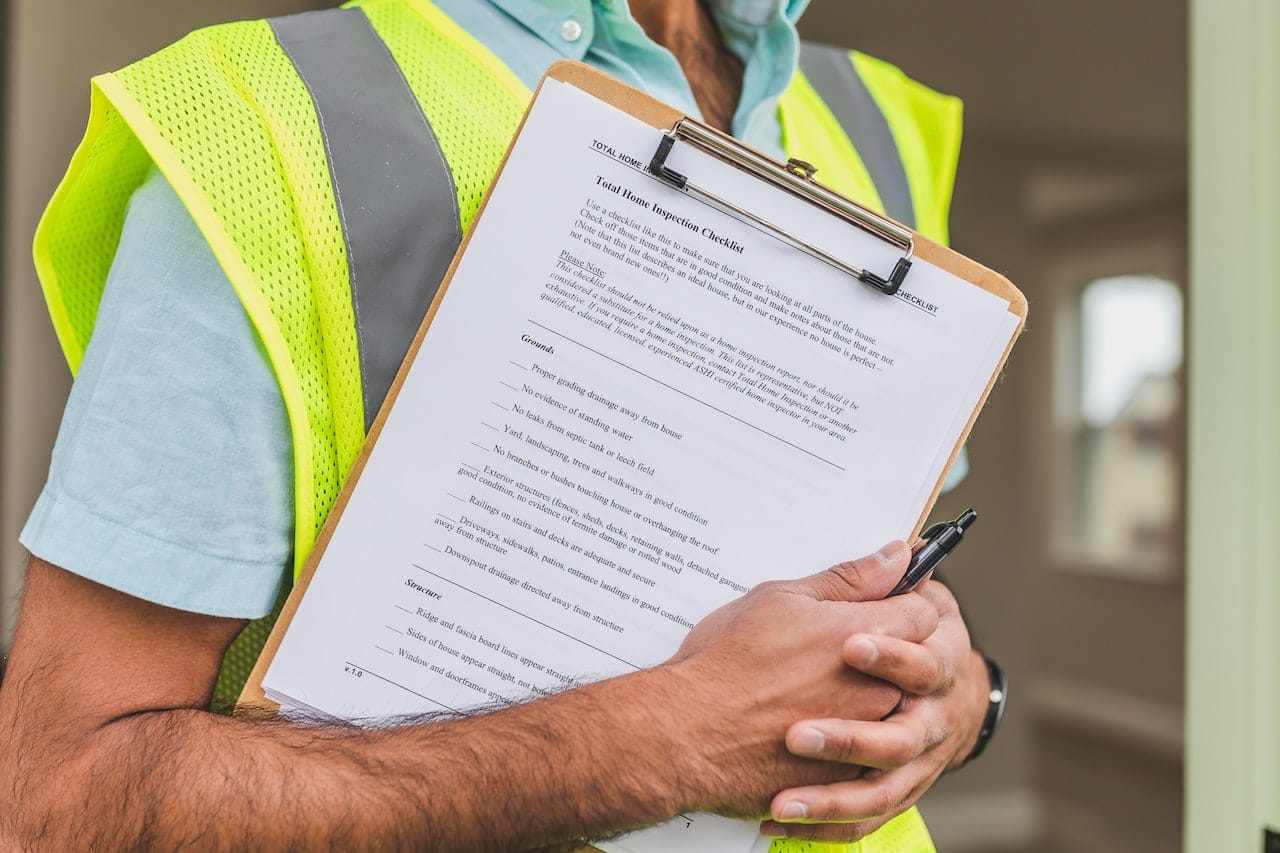The Regulator of Social Housing: Guardian of Standards
To understand the depth of social housing inspections, it’s essential to comprehend the role of the regulator of social housing, which in the UK, ensures that social housing providers meet their obligations. This regulator, established under the Housing and Regeneration Act 2008, holds a significant responsibility in safeguarding the interests of tenants and maintaining the quality of social housing.
The regulator of social housing is an independent, non-departmental public body. Its primary functions include monitoring and assessing the financial health of registered providers, ensuring compliance with statutory obligations, and promoting efficiency in the provision of social housing. The regulator’s overarching goal is to protect tenants, providing them with the assurance that their homes are well-managed, safe, and meet appropriate standards. We will walk you through how best to start a housing disrepair claim.
The Importance of Thorough Inspections
Effective inspections of social housing are the linchpin of the regulator’s mission. These inspections are not just routine check-ups; they are the means by which the regulator ensures that social housing providers adhere to the standards set forth. Inspections serve as the watchdog, preventing substandard living conditions and safeguarding the rights of tenants.
Inspectors evaluate various aspects of social housing, ranging from property maintenance and safety to tenant satisfaction. They assess whether providers are delivering on their commitments, offering a holistic view of the state of social housing. This comprehensive approach is essential to identify issues that might otherwise remain hidden, ensuring that corrective actions are taken promptly.
The inspections serve not only as a means of regulatory control but also as a source of reassurance for tenants. They provide tenants with a platform to voice concerns and seek redress for any grievances related to their living conditions. Consequently, thorough inspections are instrumental in upholding the dignity and well-being of individuals and families residing in social housing.
The Serious Detriment Test: Raising the Bar
In recent years, the concept of the “serious detriment test” has gained prominence in the context of social housing inspections. This test is an essential component of the regulator’s toolkit, designed to assess the gravity of harm that tenants might face due to a provider’s actions or inactions.
The serious detriment test is not a mere formality; it sets a high bar for social housing providers. It requires them to demonstrate that they are not causing serious harm to their tenants through their practices. This test has been instrumental in holding providers accountable for their actions, compelling them to rectify issues that pose significant risks to tenant well-being.
To pass the serious detriment test, social housing providers must prove that they are taking steps to address identified problems promptly. Failure to do so can lead to serious consequences, including regulatory intervention and potential sanctions. The test is a powerful tool in ensuring that social housing inspections go beyond superficial assessments and truly address issues that matter most to tenants.
Are Inspections Thorough Enough?
While the regulator of social housing and the serious detriment test provide a robust framework for overseeing social housing providers, the question remains: are inspections thorough enough? To answer this, we must consider the challenges and limitations of the current inspection process.
The Frequency of Inspections
One of the challenges in determining the thoroughness of inspections is the frequency with which they are conducted. Social housing providers are typically subject to regular inspections, but the time gap between these visits can be substantial. This periodicity may allow issues to go unnoticed for extended periods, potentially causing harm to tenants.
A more frequent inspection schedule could enhance the regulator’s ability to detect and address problems in a timely manner. However, the feasibility of increasing inspection frequency should be balanced with the practical constraints faced by both providers and regulators.
Resource Constraints
Inspecting a vast number of social housing properties is a resource-intensive endeavor. The regulator of social housing, like any public body, faces limitations in terms of manpower and funding. This constraint can impact the thoroughness of inspections, as it may not always be possible to allocate sufficient resources to each inspection.
To overcome this challenge, the regulator must strike a balance between conducting in-depth inspections and covering a broad spectrum of properties. This requires strategic planning and prioritization based on risk assessment.
Transparency and Tenant Involvement
Transparency in the inspection process is vital to its effectiveness. Tenants should be well-informed about when inspections will take place, what they entail, and how they can provide feedback or raise concerns. Involving tenants in the inspection process can help uncover issues that might otherwise go unnoticed.
However, the level of tenant involvement can vary widely between different social housing providers and regions. Some tenants may have a strong voice in the inspection process, while others may feel excluded or unheard. Ensuring consistent and meaningful tenant engagement is a crucial aspect of making inspections more thorough.
Post-Inspection Follow-Up
The true measure of the thoroughness of inspections lies in what happens after the inspection is complete. It’s not enough to identify issues; action must be taken to rectify them. Social housing providers must respond promptly to inspection findings, addressing any serious problems to prevent harm to tenants.
In some cases, the follow-up process may be inadequate, leading to delays in addressing critical issues. The regulator must monitor and ensure that providers are taking the necessary steps to rectify problems promptly.
Making a housing disrepair claim with National Claims
Note: You can only make a claim if you are currently living in social housing.
At National Claims, we understand the importance of social housing inspections and their role in ensuring the well-being of tenants. Our mission is to assist tenants in making housing disrepair claims when their living conditions fall below acceptable standards. We believe that every individual and family deserves a safe and comfortable home, and we are committed to helping tenants exercise their rights.
If you are a tenant living in social housing and believe that your home is in disrepair, we can guide you through the process of making a housing disrepair claim. Our experienced team will work with you to assess the condition of your property and determine whether you have a valid claim. We understand the complexities of housing disrepair cases and will strive to ensure that your rights are upheld.
Our services include:
Property Assessment: We will thoroughly assess the condition of your property to identify any disrepair issues.
Legal Guidance: Our team of claims specialists will provide you with the guidance and support you need to pursue your claim.
Claims Process: We will assist you in navigating the housing disrepair claims process, ensuring that you meet all necessary requirements.
At National Claims, we are dedicated to advocating for tenants and holding social housing providers accountable for maintaining their properties to acceptable standards. If you believe that your living conditions are substandard due to disrepair issues, don’t hesitate to reach out to us. We are here to help you secure the safe and comfortable living environment you deserve.

Conclusion
In conclusion, inspections are a critical component of ensuring the well-being and safety of individuals and families in social housing. While the current system has its limitations, it is a work in progress, with room for improvement. As we strive for better living conditions and stronger tenant protections, we must continue to scrutinize and refine the inspection process, ensuring that it truly serves the needs of those it aims to protect. After all, the essence of social housing lies in its promise of providing secure and decent homes for all, and thorough inspections are the means by which we uphold that promise.
At National Claims, we stand by tenants, offering our expertise to help them make housing disrepair claims and seek the improvements they deserve. Together, we can work towards a future where social housing inspections leave no room for doubt, ensuring that every tenant enjoys a safe and comfortable place to call home.
Contact us today to get a start on your claim and find out how we can help with your housing disrepair.
Click below to see why we are one of the most trusted claims management companies in the UK.

We’re proud of our excellent customer reviews
We thrive on delivering exceptional service and ensuring our clients’ satisfaction. Don’t just take our word for it. Check out some of our independent reviews to see what our clients have to say.
Excellent

This firm is excellent, they sorted out my car pay out and injury claim very fast, they always communicate with you all the time.

My accident case was dealt with confidence and with great result of the outcome, especially James kept me informed all the time.

I was very impressed at the way my inquiry was treated. I was listened to attentively and everything I needed to know was explained to me.






